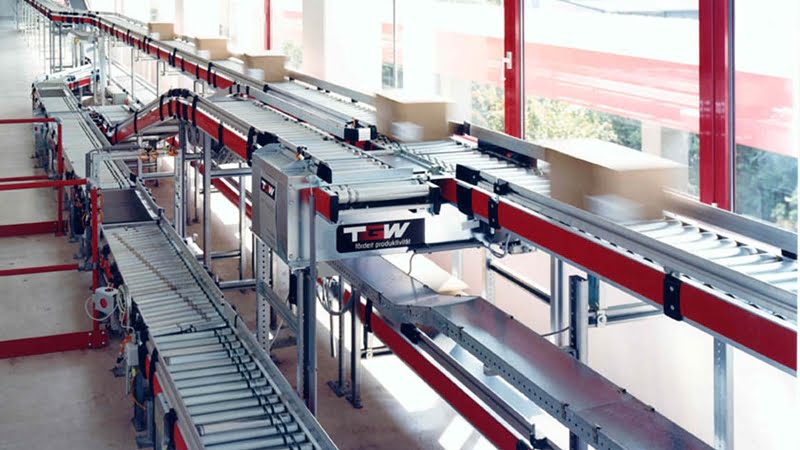Profit margins are razor thin in the food industry and it’s critical distribution centers run at optimal efficiency. Before determining the right amount of space and equipment in a warehouse, it must be determined whether the right processes are in place to handle materials. Here are few tips to material handling efficiency:
Determine touch points- Measure and record how many times materials are handled from the time it is ordered until the time it leaves the building. Identify and eliminate duplicate steps in order to save time and reduce opportunity for error. Taking the time to review and refine this process could save you a great amount of time and money.
Preventive maintenance- Equipment repair is an eyesore on a P&L sheet, not to mention the production lost when equipment is down. Create a process where equipment is routinely inspected, maintenance records are stored and small repairs are done before they become big repairs.
A preventive maintenance plan will keep your orders moving and avoid potential large investments in replacing equipment.
Safety first– Proper safety precaution and procedures will not only keep a distribution center at low risk, but also keep it highly productive. Soundly implemented safety processes have major benefits such as higher employee satisfaction in addition to increased productivity. Evaluate current safety processes and invest the time and money to minimize the risk of injury.
Improving your material handling efficiency can help increase the amount of perfect orders being shipped and therefore increase customer satisfaction sales. HCO Innovations specializes in optimizing your facility to be safer, more efficient, and ultimately less expensive. We can help you decide if you need more space, less space, or maybe just how to use your current space better. Le us conduct a full site evaluation where we’ll audit the financials, equipment, and flow and configuration of your warehouse and begin formulating solutions tailored for your company’s success.

